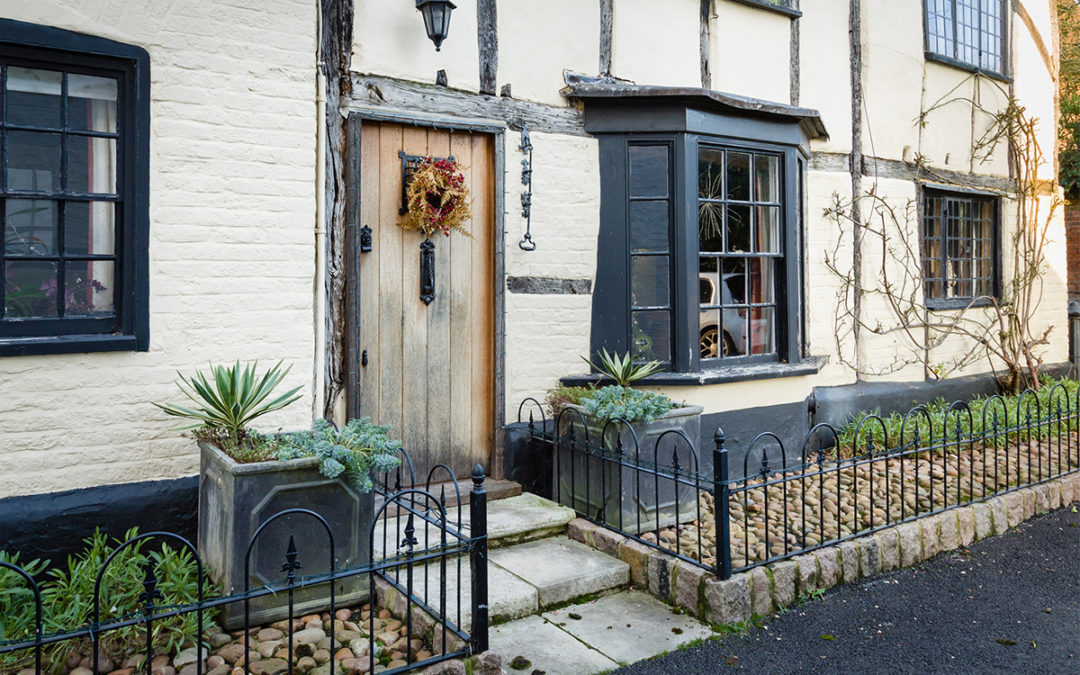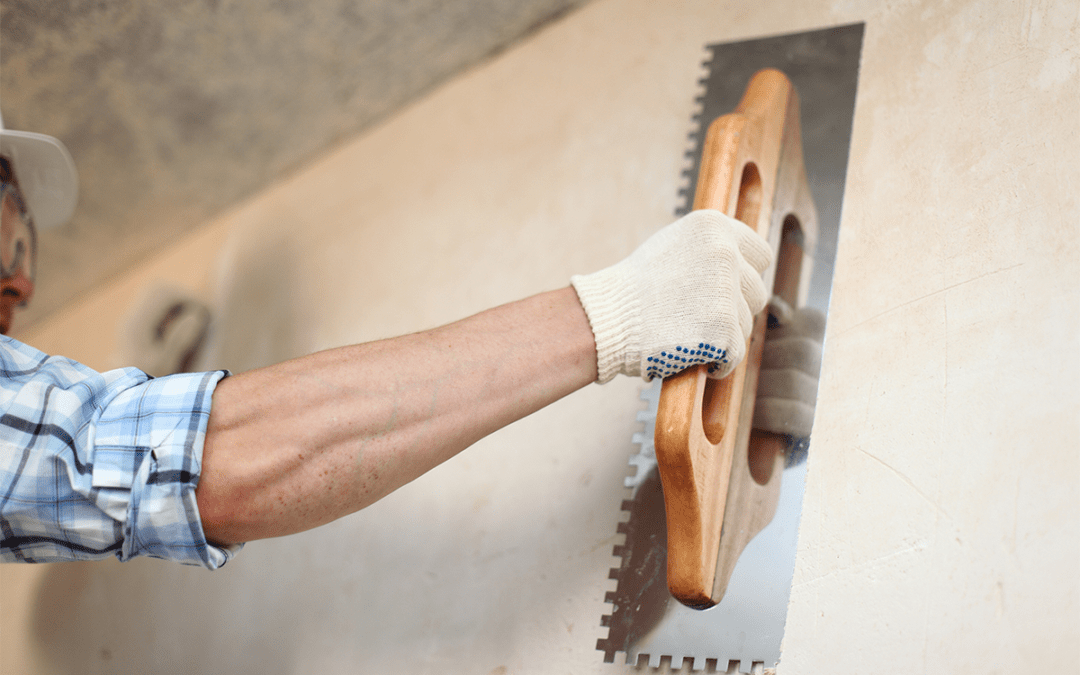
Period Property Maintenance and Renovation: Dos & Don’ts
If you need to update a period property or fully refurbish a listed building, the process may be more involved than for a modern home with a less sensitive structure.
There are many ways to renovate a unique older residence with sympathy towards the traditional materials used and achieve a striking result that blends heritage with convenience.
Here we draw on our years of expertise in listed and period property maintenance and renovation to share some of our tips to help you get started.
The Challenges of Period Property Maintenance
The charm of an older building is undeniable – but many require a great deal of maintenance, if not a wider renovation, to deal with the dampness and draughts common in period homes.
With some skill and knowledge, this doesn’t have to drain your resources. By enhancing the existing character, you can preserve and refurbish rather than trying to replace each element, one brick at a time. Some of the biggest issues can be that older homes are simply bigger than the buildings we construct today.
Therefore, rather than spending your budget on outbuildings, landscaping or parts of the property that aren’t crucial, we’d suggest you begin with key spaces, such as the kitchen, bathroom and bedrooms. A systematic approach will ensure you prioritise those more important projects first. You will often find it far easier to finance ongoing works if you have already made improvements to the fundamental rooms within the property.
Reuse, Repurpose, Recycle
First – don’t discard any materials or flooring that don’t appear to be in immaculate condition. Heritage homes and listed buildings can be full of valuable materials and quality hardwoods that, even if they require maintenance or replacement, can easily be used elsewhere without buying anything new.
It can be tempting to start tearing down walls or ripping off old paper, but it is better to explore the available resources and live in the home for a short while to assess how you will use the space. Refurbishing what you already have might take longer than replacing each fitting, but original features add significant value and interest to the character of a period home. Think renovated floorboards, reconditioned balustrades, ceiling roses, light switches, stairways, glazing – all of these fixtures that you simply cannot replace like-for-like.
For example, you might need to rewire old electrics, but if you can retain those lighting points, switches and handles, your finished renovation will be all the better.
Explore Traditional Materials and Techniques
Older homes were built slowly, carefully, and with selected materials chosen for their performance properties and longevity. You’ll find many period properties still with horsehair plaster and oak beams that would be prohibitively expensive today.
Traditional materials such as lime mortar may be harder to come by at your local DIY store. Still, an experienced local professional often has years of knowledge to share. If you can replicate these crafts, you can often restore or improve existing walls and installations rather than trying to tear back elements of the property that have stood for generations.
Once you learn about the history of your building, you might also consider how it was built and maintained and look into using contractors who understand those approaches, often passed down as a family trade. Although a set of power tools might seem more efficient for some tasks, they could be detrimental and too harsh or powerful for the delicacy of an older building.
Choose a Contractor With Period Property Expertise
Looking after an older home isn’t a job that all modern contractors can undertake because the materials, applications, techniques and considerations are very different from a newer property.
Renovation is about much more than aesthetics and involves:
- Specialist knowledge about working with certain materials.
- Sourcing unusual fixtures or traditional building components.
- Applying the correct techniques to augment the property’s character.
- Protecting the structural integrity of the building.
Plastering, for example, would traditionally have been done with lime plaster and roofing with stone slate.
If you commission a local expert who has worked on similar period properties, they will be able to source those materials and apply them to prolong the building’s life and avoid replacing entire walls or ceilings unnecessarily.
Apply for the Correct Planning Permission
Generally, any property built before 1914 is considered a period home. Although planning permission rules vary between areas, you are more likely to need consent to alter or adapt a residence of this age.
If you have a listed building, you will certainly need formal permission to make changes to the structure and may be bound by rules about which materials you can use.
Some of the other factors to think about are:
- Permitted development vs planning permission – even if your maintenance project appears to fall within the scope of permitted development, you should always confirm this with the local authority before work begins.
- Conservation areas – homes that are not listed but are within protected conservation areas, or Areas of Outstanding Natural Beauty, will require additional permission, normally following a site visit and presentation of detailed drawings.
- Listed buildings – Listed Building Consent is additional to planning permission. Unless your list entry says otherwise, the protection applies to the whole property, inside and out, fixtures and other nearby structures.
Ensuring you have permission and the support of the local authority is essential to avoid fines, legal challenges or even criminal charges if you have failed to apply for mandatory consent.
The Highs and Lows of Period Property Maintenance and Renovation
Listed or period homes command care and attention from their present-day custodians. Although they sometimes feel like a labour of love, it is well worth the experience of living in a distinctive older property with a wealth of history.
Pinnacle Works are a full-service West Sussex building firm and are privileged to have worked on some very special local properties – if you need any support with your renovation or maintenance, please get in touch at your convenience. Our skilled contractors can support you at each stage, whether you are planning a full-scale renovation of a newly acquired period home or need professional advice to prepare for ongoing maintenance requirements.

